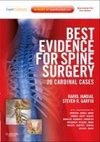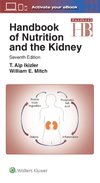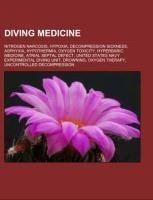
-
 Anglický jazyk
Anglický jazyk
Diving medicine
Autor: Source: Wikipedia
Source: Wikipedia. Pages: 77. Chapters: Nitrogen narcosis, Hypoxia, Decompression sickness, Asphyxia, Hypothermia, Oxygen toxicity, Hyperbaric medicine, Atrial septal defect, United States Navy Experimental Diving Unit, Drowning, Oxygen therapy, Uncontrolled... Viac o knihe
Na objednávku, dodanie 2-4 týždne
19.89 €
bežná cena: 22.10 €
O knihe
Source: Wikipedia. Pages: 77. Chapters: Nitrogen narcosis, Hypoxia, Decompression sickness, Asphyxia, Hypothermia, Oxygen toxicity, Hyperbaric medicine, Atrial septal defect, United States Navy Experimental Diving Unit, Drowning, Oxygen therapy, Uncontrolled decompression, List of signs and symptoms of diving disorders, Avascular necrosis, Undersea and Hyperbaric Medical Society, Rubicon Foundation, Diving hazards and precautions, Barotrauma, Deep water blackout, In-water recompression, Valsalva maneuver, Shallow water blackout, Air embolism, Hypercapnia, Aerosinusitis, National Board of Diving and Hyperbaric Medical Technology, Isobaric counterdiffusion, Dysbarism, Ear clearing, Divers Alert Network, Dysbaric osteonecrosis, Naval Submarine Medical Research Laboratory, Mammalian diving reflex, Barodontalgia, High-pressure nervous syndrome, CO2 retention, Instinctive drowning response, Decompression illness, South Pacific Underwater Medicine Society, Recompression chamber, Aerospace Medical Association, Royal Australian Navy School of Underwater Medicine, Immersion diuresis, Alternobaric vertigo, Frenzel maneuver, Hydrogen narcosis, Taravana, Salt water aspiration syndrome, Blood shift, Diving Diseases Research Centre, Hyperoxia, Bottom time, Normocapnia. Excerpt: Oxygen toxicity is a condition resulting from the harmful effects of breathing molecular oxygen () at elevated partial pressures. It is also known as oxygen toxicity syndrome, oxygen intoxication, and oxygen poisoning. Historically, the central nervous system condition was called the Paul Bert effect, and the pulmonary condition the Lorrain Smith effect, after the researchers who pioneered its discovery and description in the late 19th century. Severe cases can result in cell damage and death, with effects most often seen in the central nervous system, lungs and eyes. Oxygen toxicity is a concern for scuba divers, those on high concentrations of supplemental oxygen (particularly premature babies), and those undergoing hyperbaric oxygen therapy. The result of breathing elevated concentrations of oxygen is hyperoxia, an excess of oxygen in body tissues. The body is affected in different ways depending on the type of exposure. Central nervous system toxicity is caused by short exposure to high concentrations of oxygen at greater than atmospheric pressure. Pulmonary and ocular toxicity result from longer exposure to elevated oxygen levels at normal pressure. Symptoms may include disorientation, breathing problems, and vision changes such as myopia. Prolonged or very high oxygen concentrations can cause oxidative damage to cell membranes, the collapse of the alveoli in the lungs, retinal detachment, and seizures. Oxygen toxicity is managed by reducing the exposure to elevated oxygen levels. Studies show that, in the long term, a robust recovery from most types of oxygen toxicity is possible. Protocols for avoidance of hyperoxia exist in fields where oxygen is breathed at higher-than-normal partial pressures, including underwater diving using compressed breathing gases, hyperbaric medicine, neonatal care and human spaceflight. These protocols have resulted in the increasing rarity of seizures due to oxygen toxicity, with pulmonary and ocular damage being mainly confined t
- Vydavateľstvo: Books LLC, Reference Series
- Rok vydania: 2012
- Formát: Paperback
- Rozmer: 246 x 189 mm
- Jazyk: Anglický jazyk
- ISBN: 9781155877570


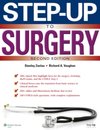
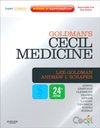
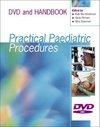
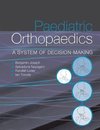
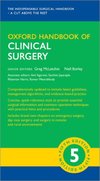
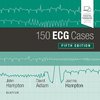
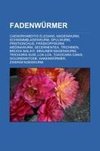
 Nemecký jazyk
Nemecký jazyk 